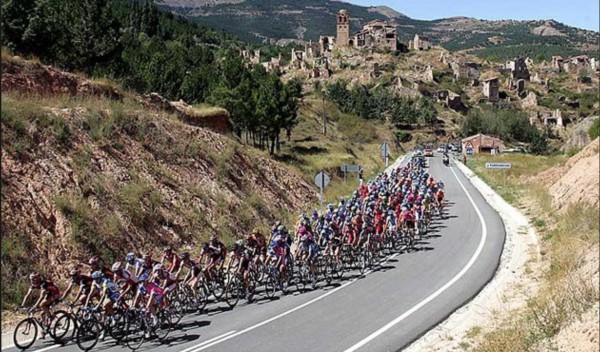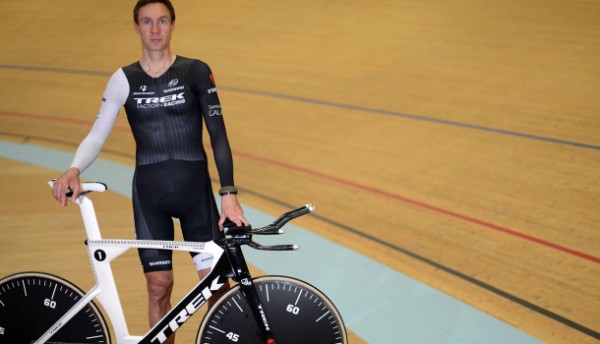It’s early. It’s just starting to get light out. There’s still a bit of a nip in the air. You have this feeling of being alive and beating everyone to the day. That is because in fact, you are. And not just alive, but invigorated and motivated to tackle and enjoy the day.
On your morning commute on your bike you pass by the older lady out walking her dog and give a slight “good morning”. You pass the kids waiting for the bus impatiently. You think, “I wish I still had that much energy as soon as I woke up without any coffee!”. You make up for it though with your second cup in your thermos.
The commute’s not too long but long enough to get your heart pumping and your brain rolling on what’s coming up for the day. You pass all the traffic and think “I sure am glad I’m not stuck there with them.” If only more of the world would commute by bike it would make everyone better in so many ways; how you feel during the day, that you’re getting exercise, your not wasting your valuable time staring through a windshield, and perhaps most importantly, you’re not adding to the worlds problems of pollution, over-consumption, and spitting out more CO2 into the atmosphere.
The last few minutes on your morning commute you ease up a little on the pedals to slow your breathing and to start to cool off so you don’t immediately become sweaty as soon as you step inside. You take advantage of that free-flowing, cool air. When you pull up to work you roll right to the front of the building, not having to look for a parking spot. Another sweet advantage especially when parking is bad.
The worst part about your morning commute? It coming to end. But fortunately you have the ride home and then the morning commute again tomorrow.
Let us know in the comments below what your favorite part of the morning commute is. We’d love to hear!
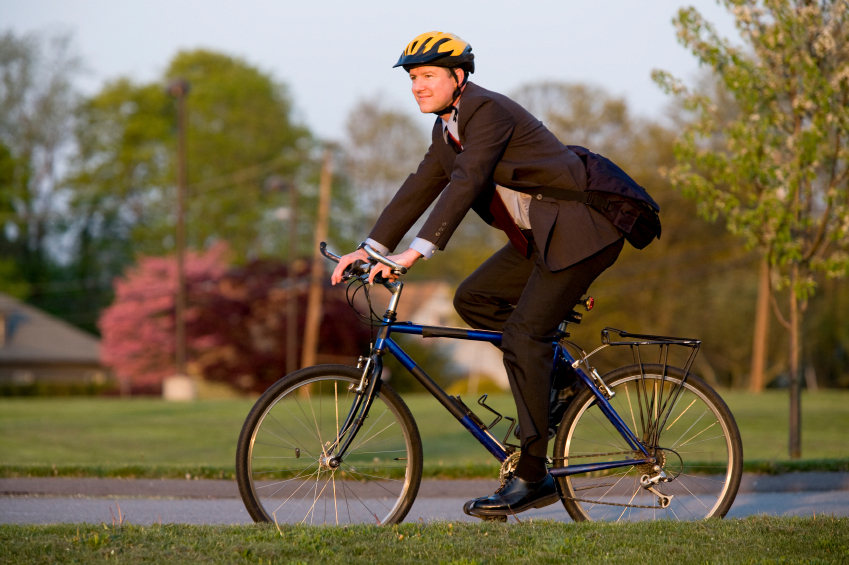
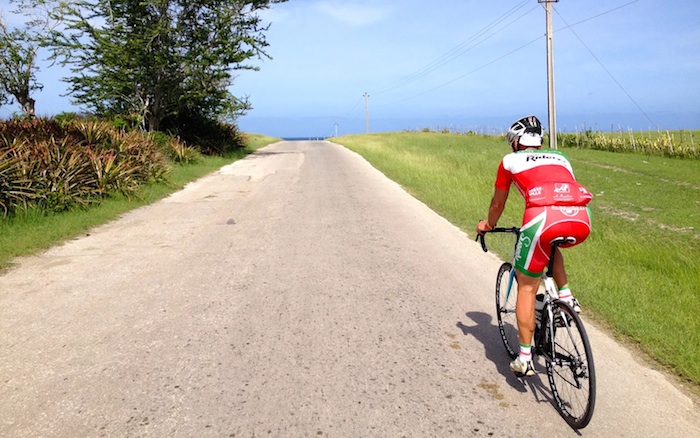
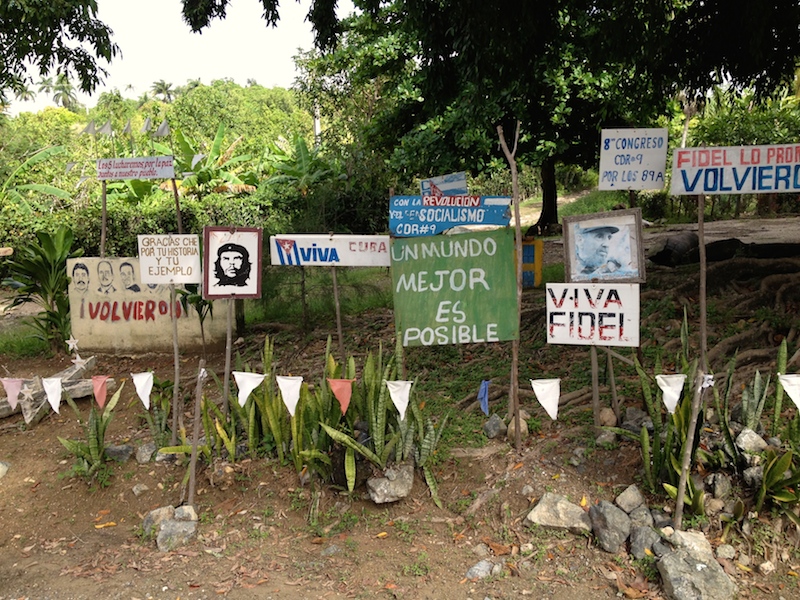
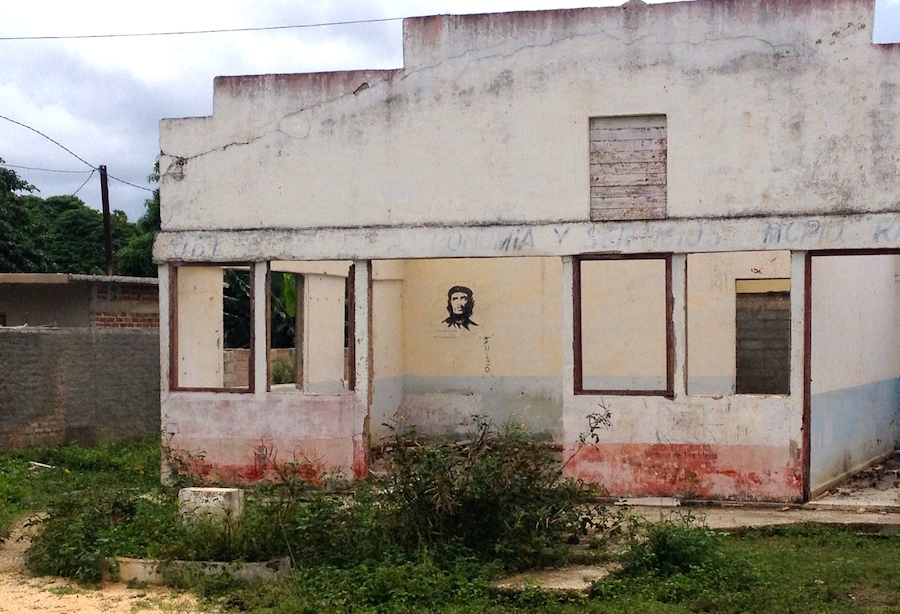
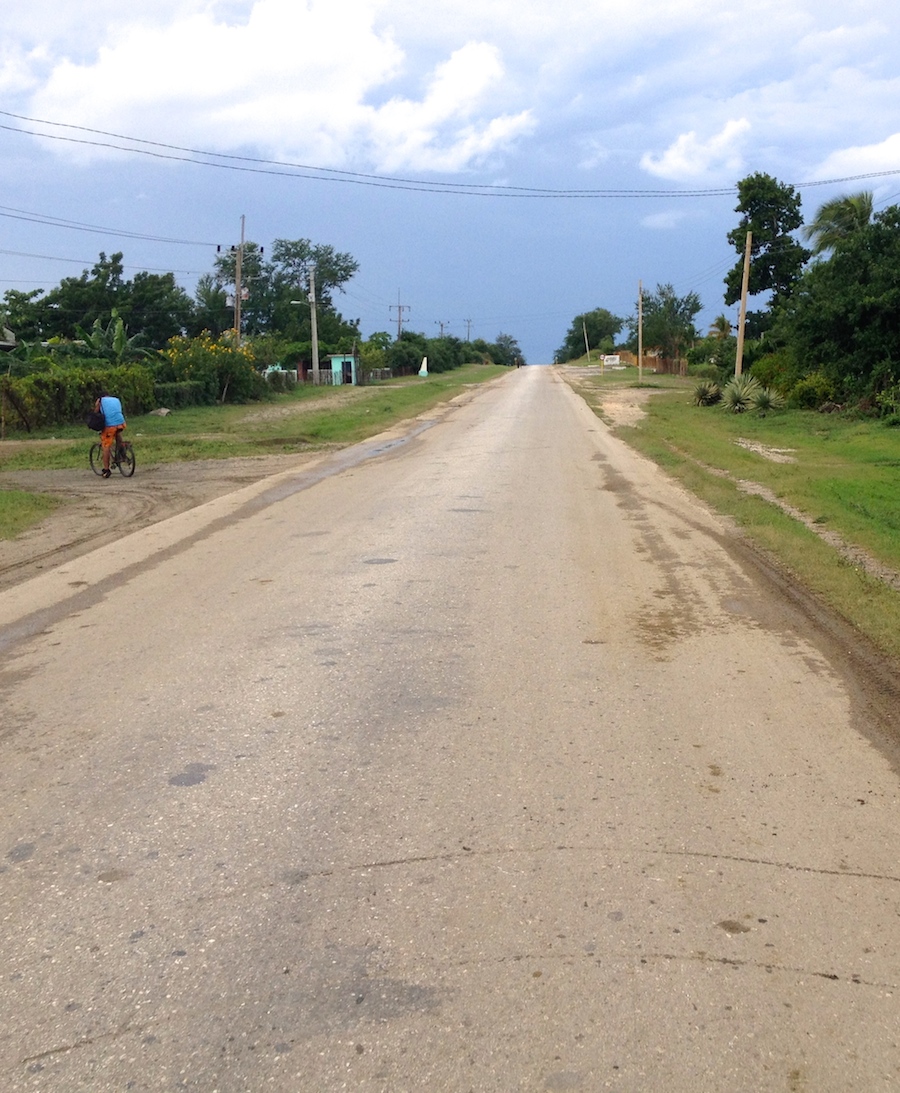
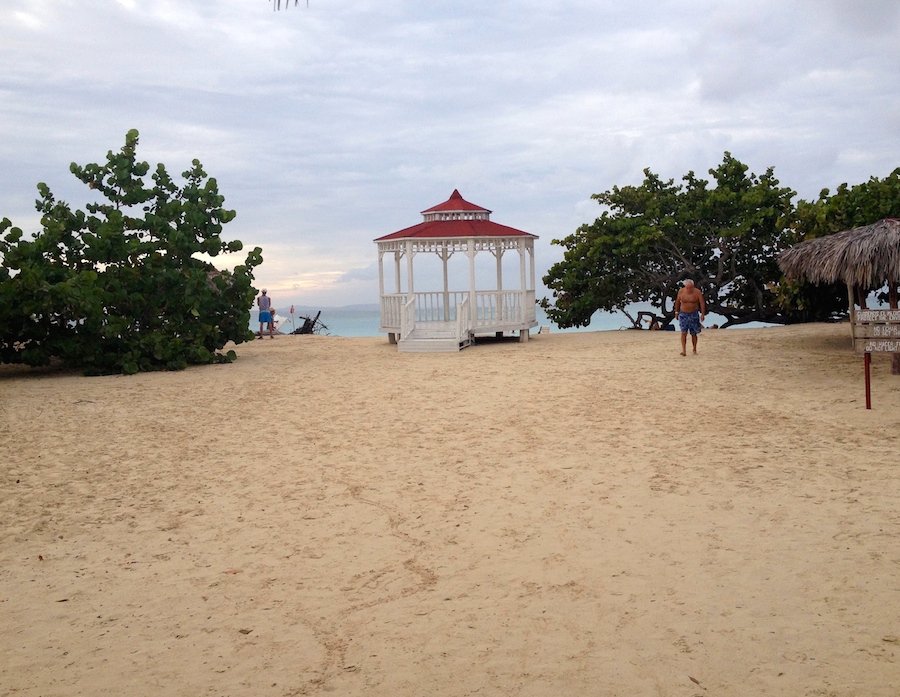 I stayed on a resort in the North Eastern part of the island. There is a large concentration of resorts in this area, and if you’re looking for a relaxing cycling trip this is the way to go. It is nice to romanticize about touring from one end of the island to the other while sleeping in a tent, and surviving on nothing but bananas and sugar cane. It’s equally nice knowing that after a long day in 30 degree Celsius heat you will have a shower, a bed, a meal and a place to let loose or even relax for the evening.
I stayed on a resort in the North Eastern part of the island. There is a large concentration of resorts in this area, and if you’re looking for a relaxing cycling trip this is the way to go. It is nice to romanticize about touring from one end of the island to the other while sleeping in a tent, and surviving on nothing but bananas and sugar cane. It’s equally nice knowing that after a long day in 30 degree Celsius heat you will have a shower, a bed, a meal and a place to let loose or even relax for the evening.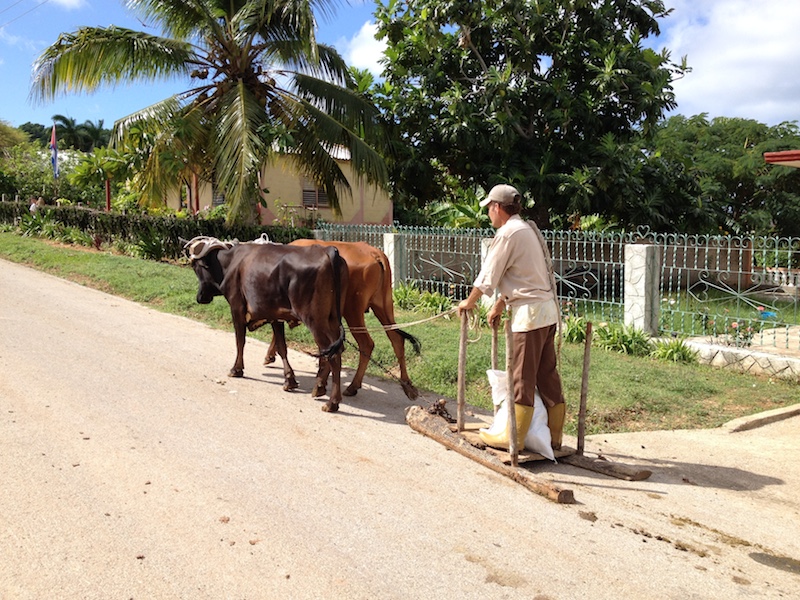
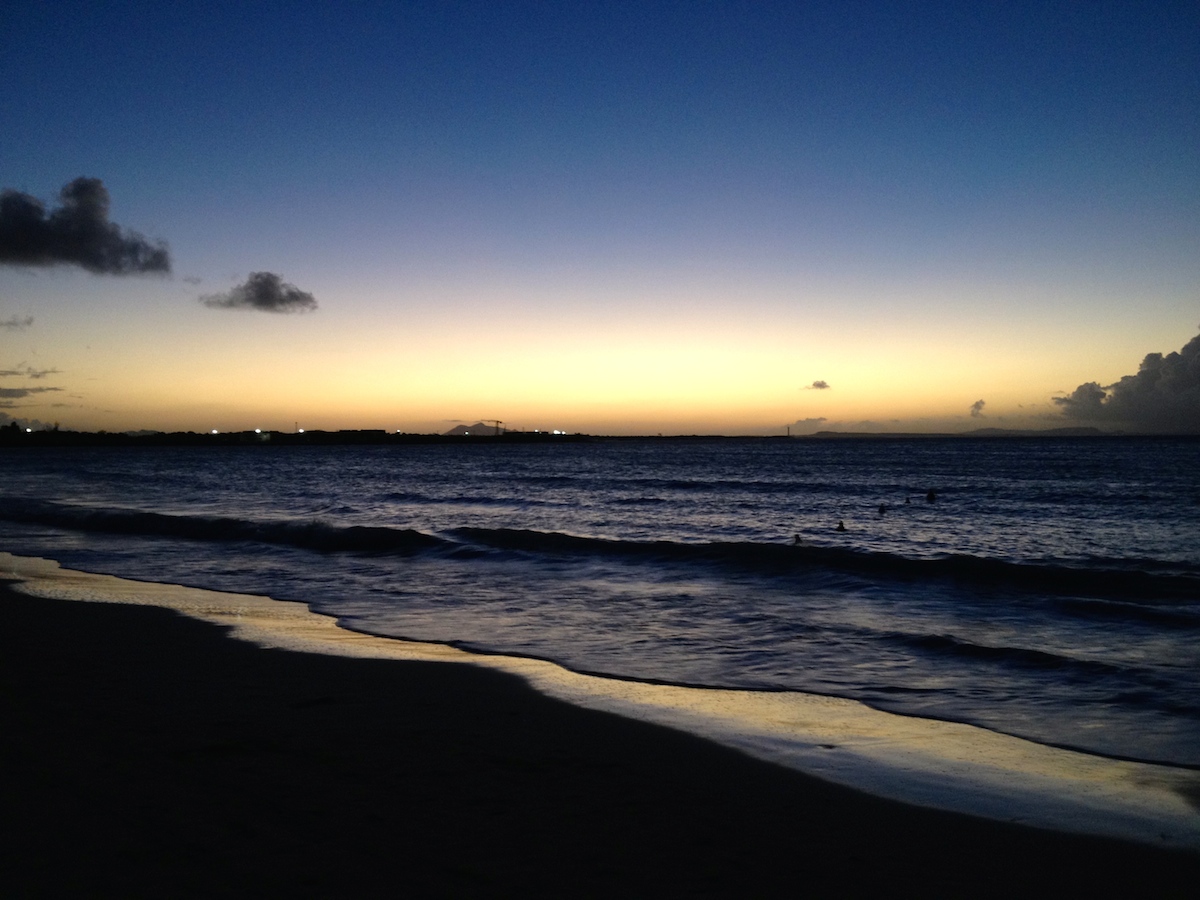 As expected, the beaches in Cuba are fantastic. The best ones are always the ‘locals only’ ones. Fortunately they are not hard to find. I would recommend Playa Blanco, which also hosts a monument to Christopher Columbus who landed in the area in 1492. It is worthwhile to relax and take some time in this area. There are a number of great ‘for locals’ restaurants, and also ones which have catered themselves to tourists, but in a charmingly Cuban way. These bear no flash or refinements North Americans are accustomed to, and the payoff is incredibly delicious and fresh fish usually caught hours before the meal.
As expected, the beaches in Cuba are fantastic. The best ones are always the ‘locals only’ ones. Fortunately they are not hard to find. I would recommend Playa Blanco, which also hosts a monument to Christopher Columbus who landed in the area in 1492. It is worthwhile to relax and take some time in this area. There are a number of great ‘for locals’ restaurants, and also ones which have catered themselves to tourists, but in a charmingly Cuban way. These bear no flash or refinements North Americans are accustomed to, and the payoff is incredibly delicious and fresh fish usually caught hours before the meal.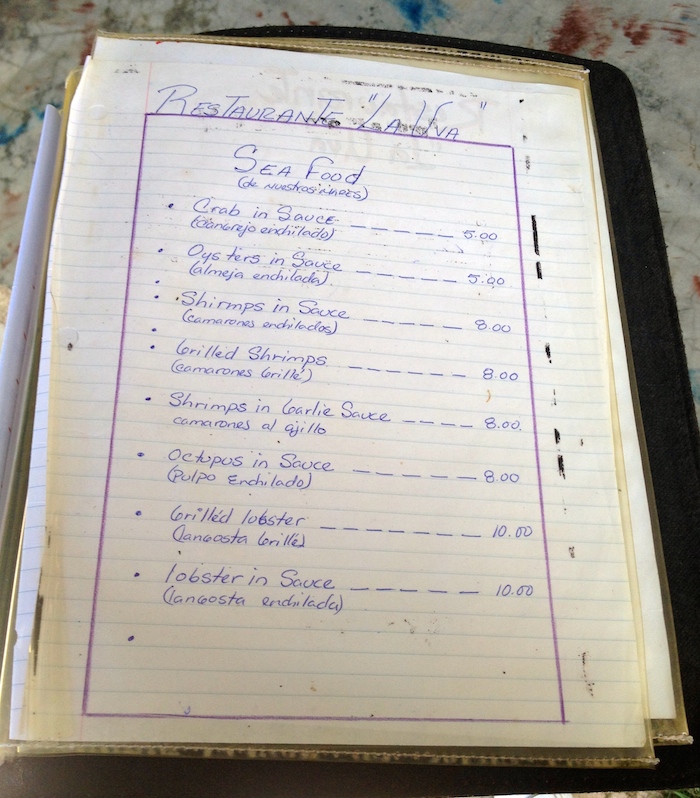
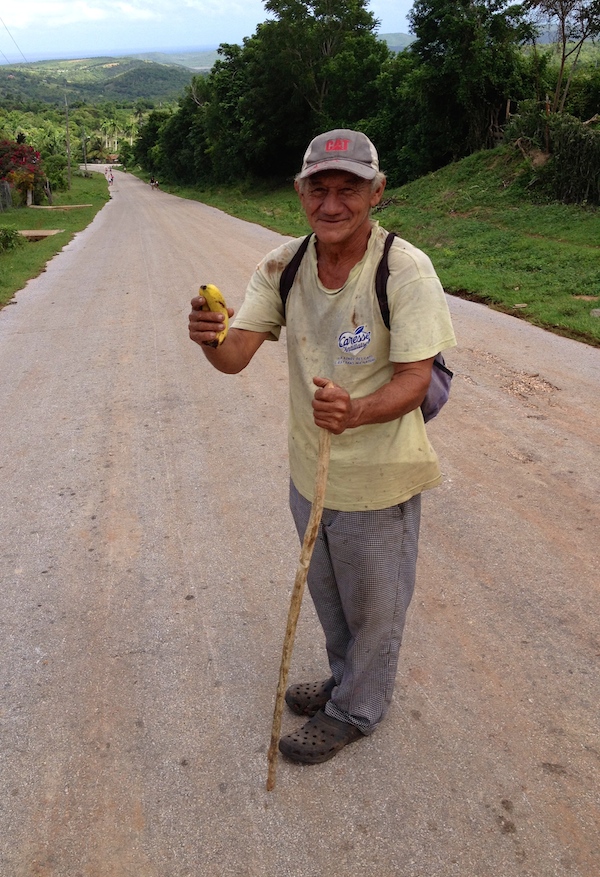
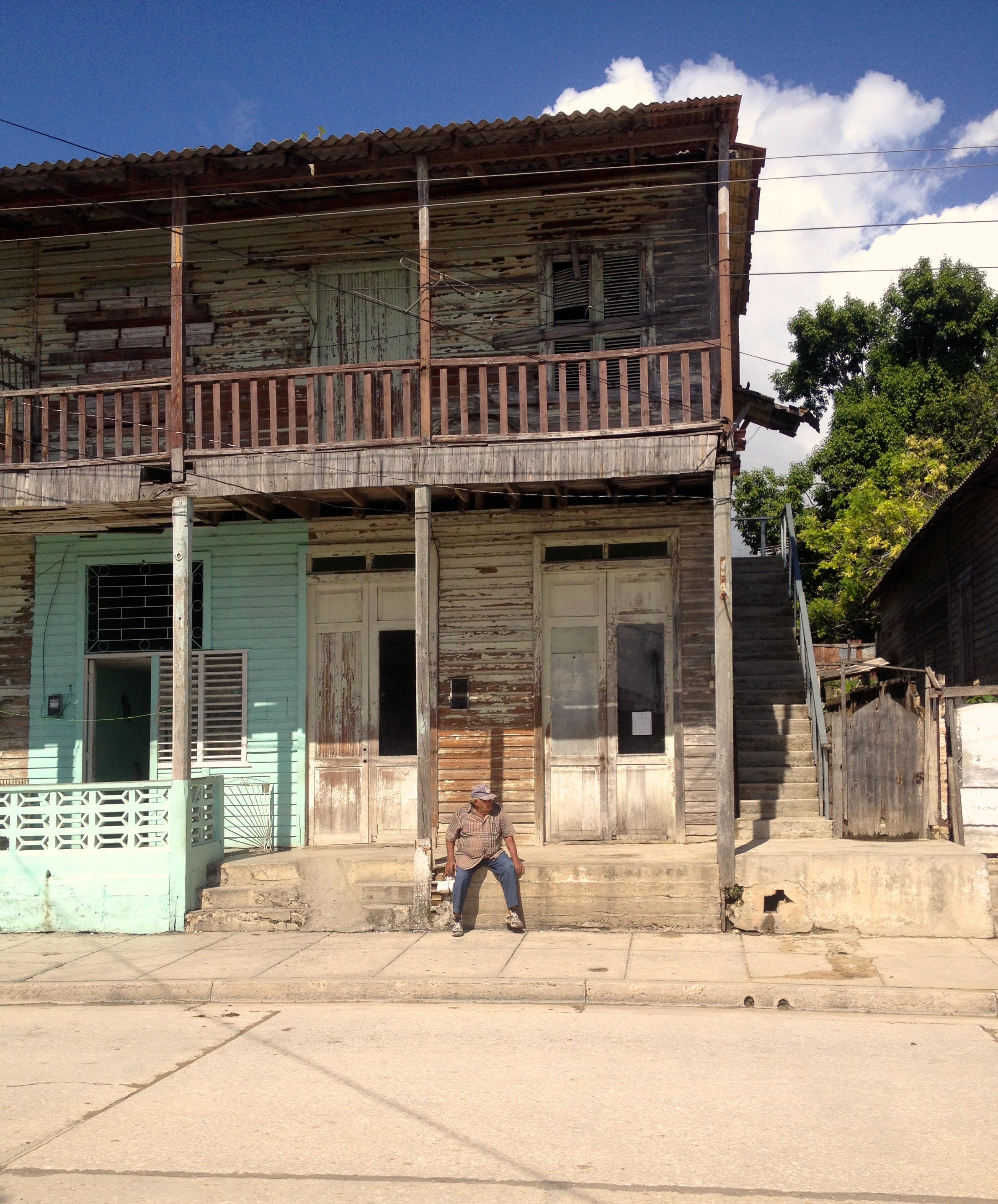 The rides for the most part are largely out and backs. If you wanted to do loops, expect to be in the saddle for over 150 km, unless you have a cross bike and a guide. The mapping system that I have seen only covers the larger arteries of the island.
The rides for the most part are largely out and backs. If you wanted to do loops, expect to be in the saddle for over 150 km, unless you have a cross bike and a guide. The mapping system that I have seen only covers the larger arteries of the island.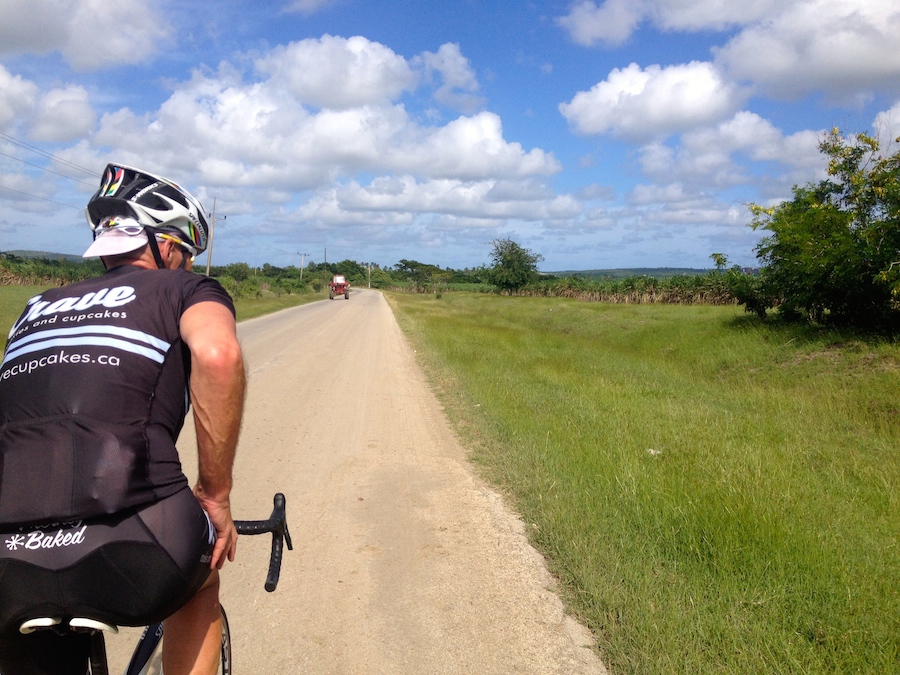 Overall Cuba is a land of contradictions. It is stuck in its adolescence in the world market, but has a very tumultuous history. As its communist ways soften it has shown its defiance to one parent, while building its relationship with the other, and as a result offers a very unique experience. Cuban history is still very much apparent, and easy to find.
Overall Cuba is a land of contradictions. It is stuck in its adolescence in the world market, but has a very tumultuous history. As its communist ways soften it has shown its defiance to one parent, while building its relationship with the other, and as a result offers a very unique experience. Cuban history is still very much apparent, and easy to find.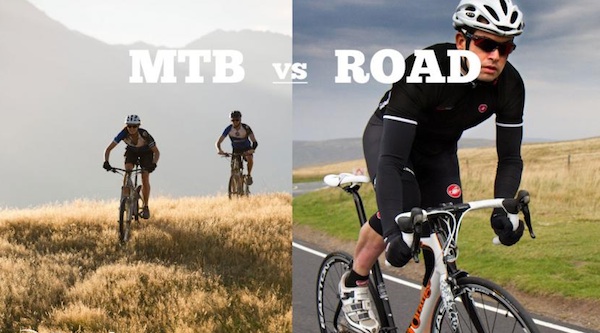 Cyclists just love bikes, period. It doesn’t matter if one has fat tires, and one has skinny tires. It’s counterproductive to avoid either one. Road biking helps mountain bikers build endurance. Roadies can benefit from the technical skills gained from mountain biking. The sharing of knowledge and skills between both disciplines is beneficial to all cyclists. But what are the differences; they’re all over the place, ranging from fashion to attitude, body shape to grooming, just to name a few.
Cyclists just love bikes, period. It doesn’t matter if one has fat tires, and one has skinny tires. It’s counterproductive to avoid either one. Road biking helps mountain bikers build endurance. Roadies can benefit from the technical skills gained from mountain biking. The sharing of knowledge and skills between both disciplines is beneficial to all cyclists. But what are the differences; they’re all over the place, ranging from fashion to attitude, body shape to grooming, just to name a few.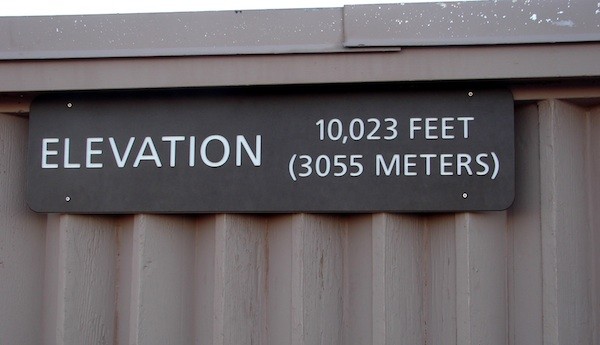
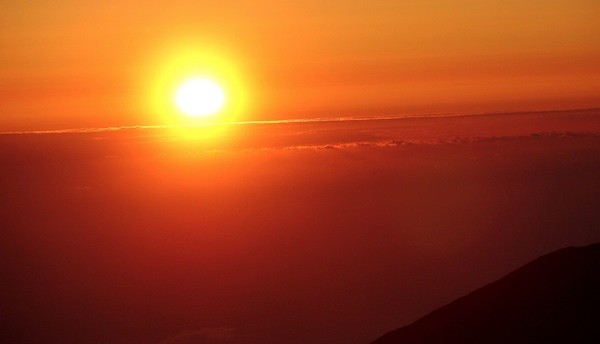
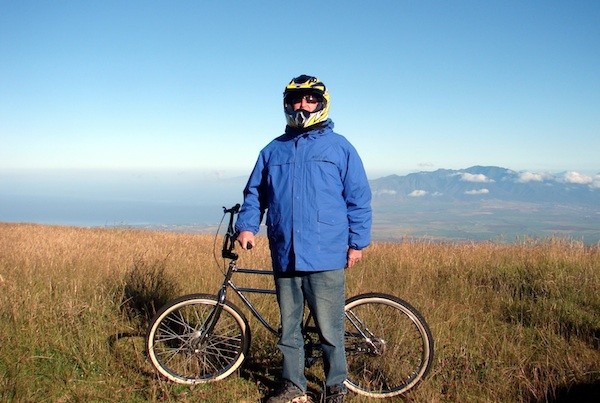
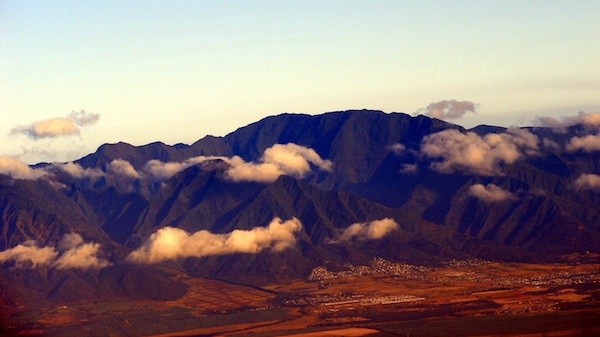
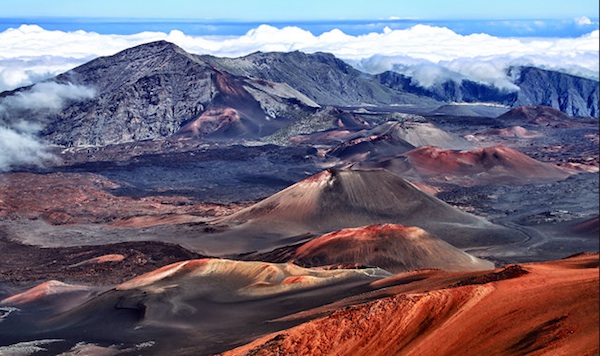 The Haleakala bike climb is coined as “the longest paved climb in the world” and worthy of anyone’s bucket list. I know it was one of mine.
The Haleakala bike climb is coined as “the longest paved climb in the world” and worthy of anyone’s bucket list. I know it was one of mine.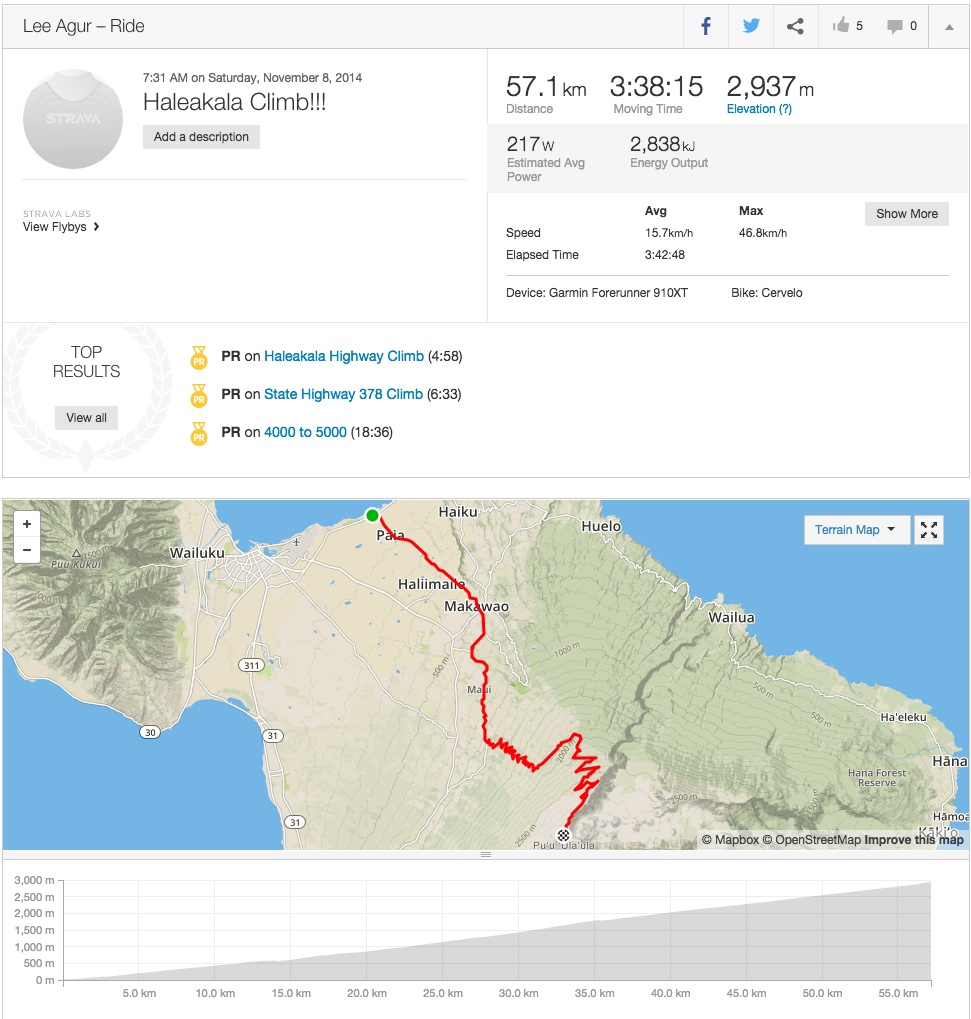
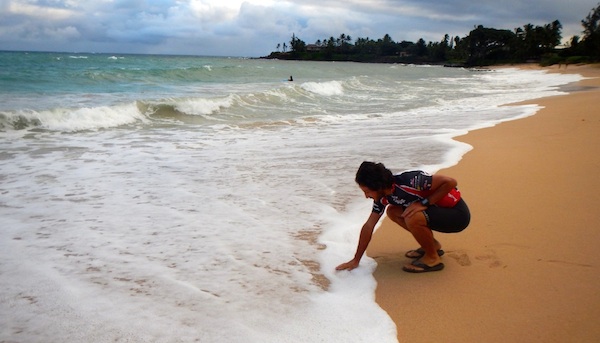
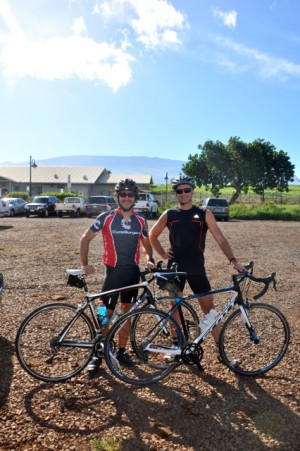
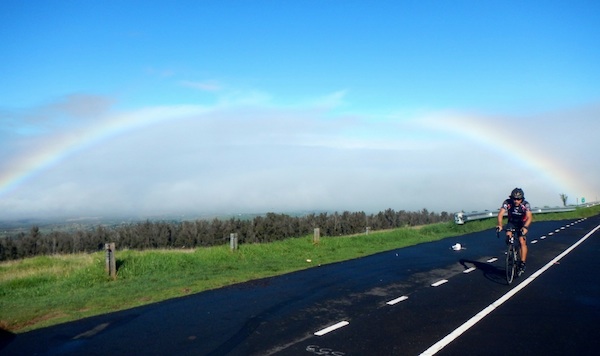
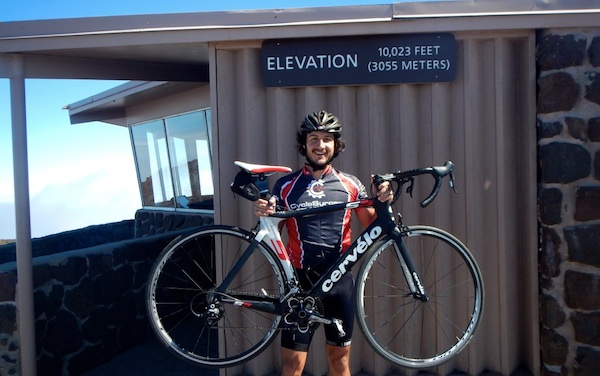
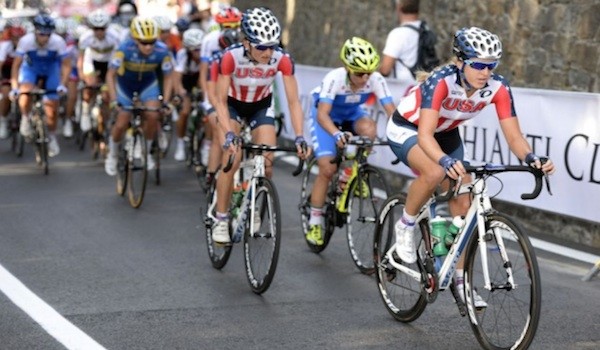 The Road Cycling World Championships happen once a year, most of the time, in Europe. The World Championships are like the Olympics where countries send their best riders as opposed to them racing for their normal trade teams. This brings an Olympic like quality event dedicated just to road cycling that is attended by the very best. The multitude of events also brings an Olympic feel where there is more than just one event to check out and watch unlike that of the Tour de France or other big races.
The Road Cycling World Championships happen once a year, most of the time, in Europe. The World Championships are like the Olympics where countries send their best riders as opposed to them racing for their normal trade teams. This brings an Olympic like quality event dedicated just to road cycling that is attended by the very best. The multitude of events also brings an Olympic feel where there is more than just one event to check out and watch unlike that of the Tour de France or other big races.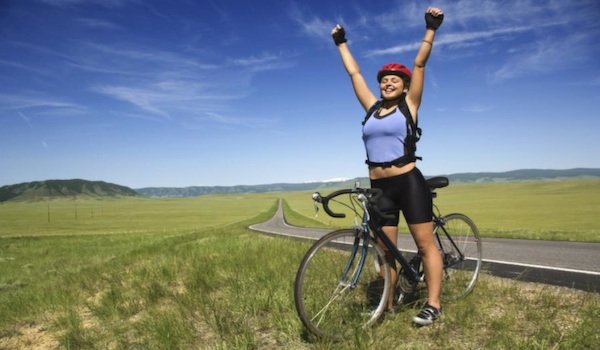 When you love cycling, the best feeling you can have is when you convince your friends to take up cycling. People take up cycling for many different reasons be it exercise, transportation, or spending more time with their kids. When your friends asks you for your advice about any of these topics and you respond with cycling as the answer, make sure you provide a good answer in order to convince them.
When you love cycling, the best feeling you can have is when you convince your friends to take up cycling. People take up cycling for many different reasons be it exercise, transportation, or spending more time with their kids. When your friends asks you for your advice about any of these topics and you respond with cycling as the answer, make sure you provide a good answer in order to convince them.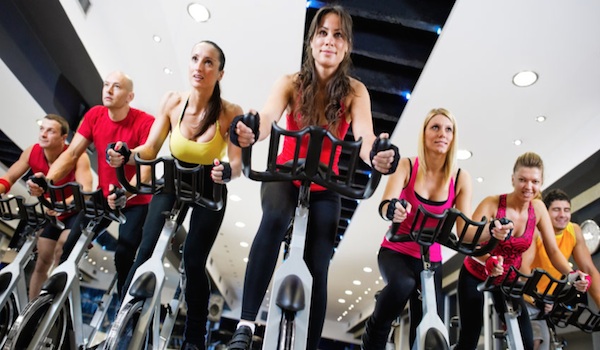 Indoor cycling, often referred to as spinning, is a worldwide exercise phenomenon. Today it is one of the most popular group classes in fitness clubs and gyms around the world, attracting millions of people each year. Indoor cycling is a favorite of many fitness gurus and outdoor cyclists who use it to stay in shape during the off-season, too.
Indoor cycling, often referred to as spinning, is a worldwide exercise phenomenon. Today it is one of the most popular group classes in fitness clubs and gyms around the world, attracting millions of people each year. Indoor cycling is a favorite of many fitness gurus and outdoor cyclists who use it to stay in shape during the off-season, too.